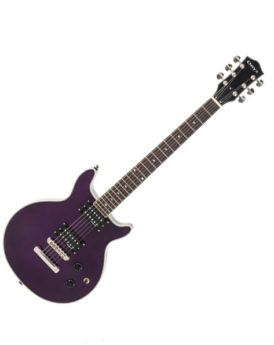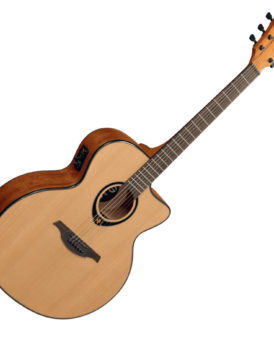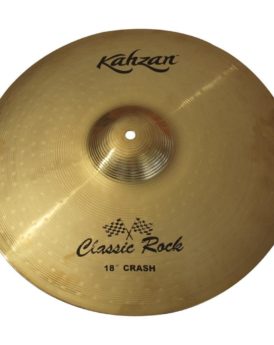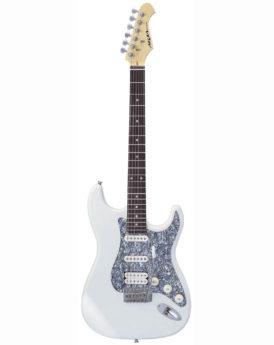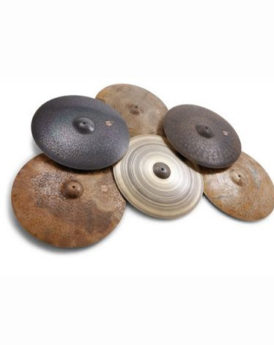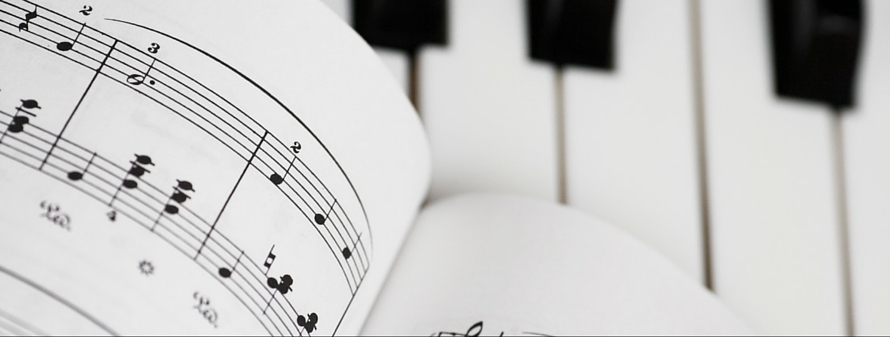
5 Sight Reading Tips
I have been asked many times, by many people, “How do I improve my sight reading skills?”. There are many circumstances where you may be called upon to play a piece of music that you do not know, straight from the sheet music. It could be a rehearsal for a new band, filling in for a colleague, taking an exam, a recording session, whatever.
This can be a very daunting exercise at the best of times but there are a few things you can do to lessen the potential for “train wrecks”. Here’s 5 sight reading tips to help you along.
- Don’t try to read every note. You are probably not going to be able to play the piece note for note so don’t even try. Start with trying to get a feel for the piece. What is its’ time signature, tempo, key, feel (latin, rock, jazz etc)? Where are the starts and stops? Where are the repeats, coda’s etc?
- Have your basics down. To sight read well means that you need to be able to concentrate on reading whilst playing almost automatically. This means you need to have spent time working on being comfortable with your instrument. You can find the notes without fumbling or looking, you know your basic rhythms and beats.
- Ask questions. If someone has given you a chart to play then take the time to ask THEIR advice on what to look out for in the piece. Ask them to hum the rhythm or clap the tempo. Ask them where the starts and stops are. As someone wiser than me once said, “it is better to ask a question and risk looking foolish than to not ask and remove all doubt”.
- Write your own charts. Take the time to make some simple charts for yourself. Pick a song you like and map out a chart for it. Next time you need to learn a new song for your band, make a simple chart. Whatever the reason, do it!
- Practice makes perfect. Being comfortable with sight-reading only comes through practice. You need to do as much of it as you can BEFORE you are put on the spot in having to do it for real. Apart from making your own charts, there are many “play along” type books featuring complete transcriptions and backing tracks. They are available in a wide variety of instruments and music styles.
Another avenue is the humble “community band” or “country music club” etc. These clubs and bands exist in most cities and provide a great opportunity to read from sheet music.
Do you have any tips of your own that have helped you? Leave them in the comments section below.
